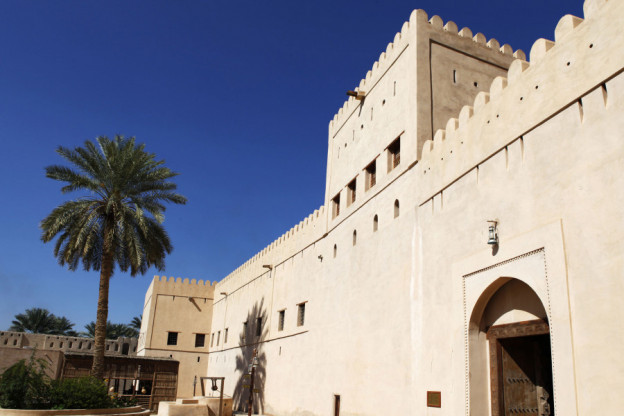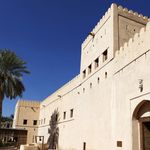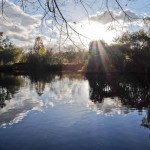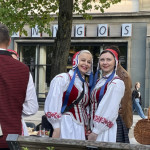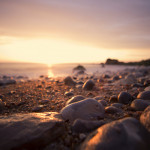Nizwa, Oman’s former capital, is a destination that offers travellers fascinating insights into the traditions and lifestyles of the country’s interior.
It’s worth arriving early in the day to see the souks (market places) at their busiest. Aged local men potter between stalls wearing turbans and ankle-length dishdasha cotton robes crossed with leather belts bearing curved khanjar daggers. They haggle hard with stallholders before agreeing on a price for goods.
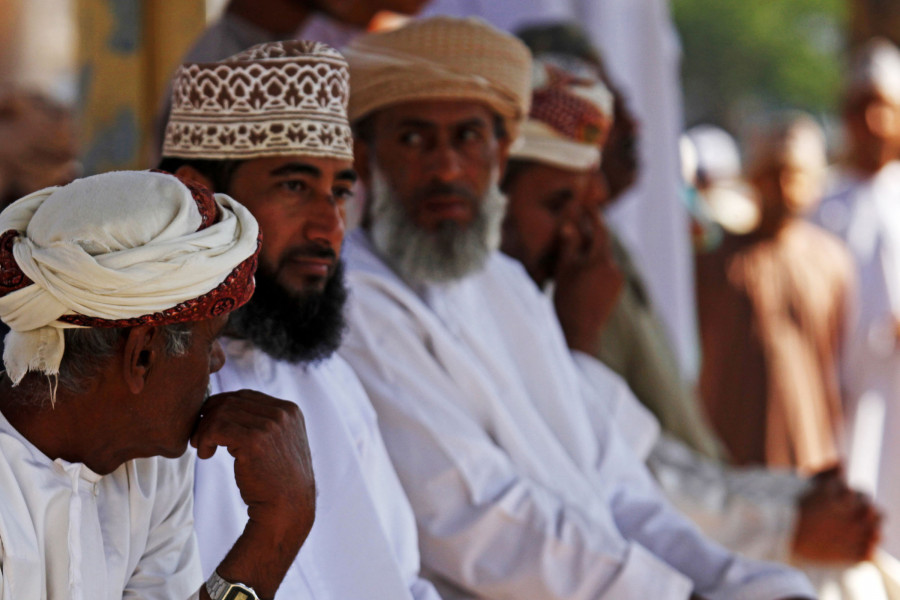
Some of the men have ornate carbines slung over their shoulders. The barrels of the weapons are decorated with silver embellishments, explains a guide hurriedly reassuring a group of wide-eyed tourists who are unused to seeing civilians carrying rifles in public. The antique weapons are bought and sold on market days. They are still used in hunting and to make noise, firing into the sky, during Bedouin family celebrations.
The filigree work on traditional Omani khanjars makes them valuable souvenirs. High-quality jewellery and silverwork is sold in Nizwa’s shops, whose prices fluctuate according to the market price for precious metals.
Frankincense, harvested from trees out in the desert, and locally produced pottery also count among the goods that I spot drawing the attention of visitors.
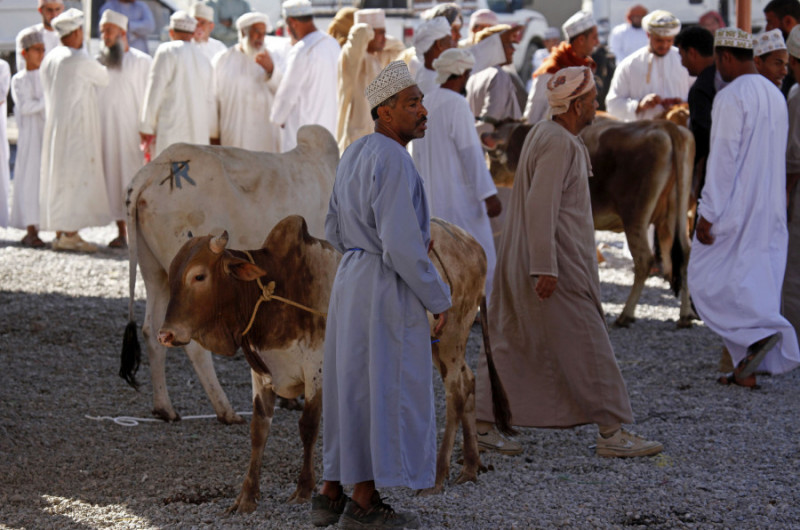
As the weekend approaches Nizwa is at its busiest. The weekly cattle market is one of the reasons. Farmers park their trucks on the edge of town and bring their livestock to market, parading the animals around a circular track. Buyers sit on a shaded stand in the middle of the ring or join a crowd on the exterior of the track, waiting until an animal that catches their eye. They then enter into negotiations.
The sellers keep walking until a deal is struck, trying to entice improved offers. This scene has changed little over the past century and still has an unspoilt, rustic charm despite recent increases in the number of tourists visiting Nizwa. The locals go about their business, seemingly undisturbed, by the pointing of cameras and clicking of shutters.
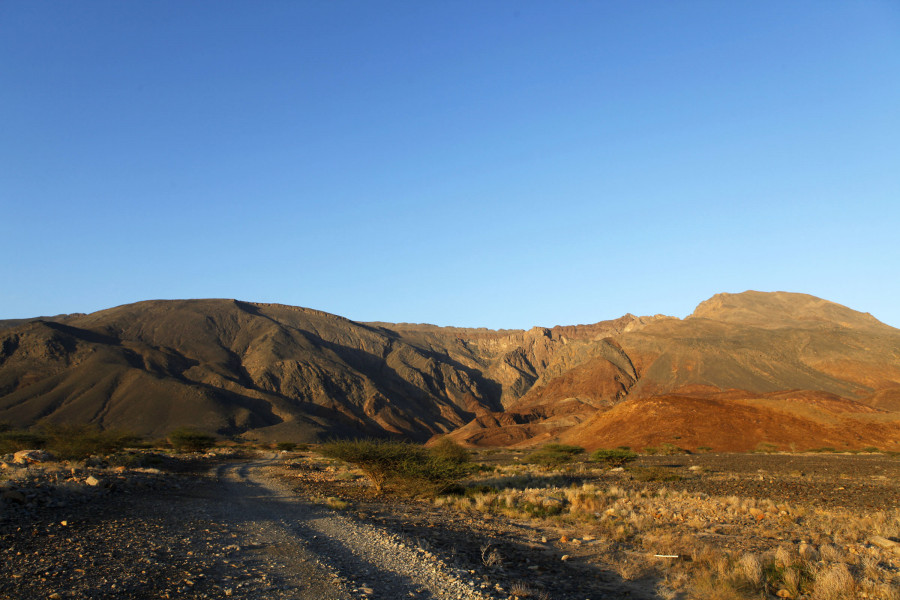
Nizwa is located at a break in the largely barren Hajar mountain range, a natural barrier dividing the country. Until recently the city was far from easy to reach. Other than Bedouin camel caravan drivers, few people visited. They would halt at the town, which lies on a long-established trade route, to replenish their water supplies at the oasis and acquire some of the region’s highly acclaimed dates, harvested from palms fed from the same source.
These days, arriving in Nizwa is easier, thanks to relatively recent infrastructural developments. In November 2010 the United Nations Development Programme named the country as the world’s most improved nation over the preceding 40 years, a period coinciding with Sultan Qaboos bin Said’s period of rule in Oman. His cousin, Haitham bin Tariq, succeeded in 2020.
At the start of Sultan Qaboos bin Said’s reign barely 10km of tarmac roads existed in the country. Now well over 15,500km of asphalt surfaces can be driven on.
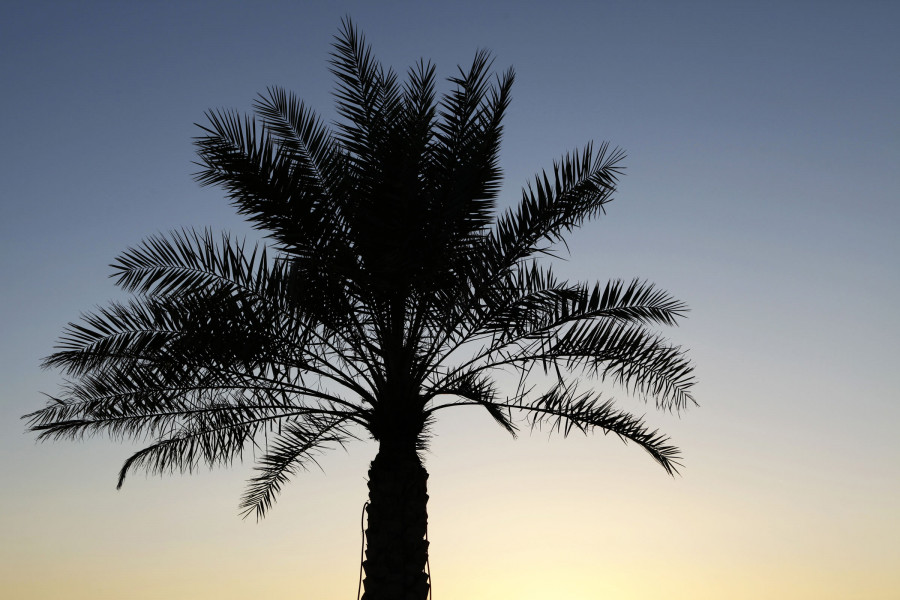
Nizwa is 165km south-east of Muscat, an hour and a half’s drive along the broad highway that slices through an arid, undulating desert landscape which is infrequently broken by bursts of greenery and gravel dry shrub. Occasionally visitors pass comments to the effect that the scenery resembles a moonscape.
Coincidentally, it’s true that a handful of the rocks that drivers flash past while on the way to and from Nizwa really do come from the moon and other celestial bodies. Around 20 per cent of the meteorites collected on earth over the past decade have been picked up by teams searching in the Omani desert.
The pinkish, pastel-coloured houses and shops of Nizwa rise from that arid plain. Arguably the most elegant building in the city is the Sultan Qaboos Jama Mosque, whose minaret and dome rival the city’s fort for the dominance of the skyline. Nizwa Fort, though, is by far the most visited monument in the city and within the country as a whole.
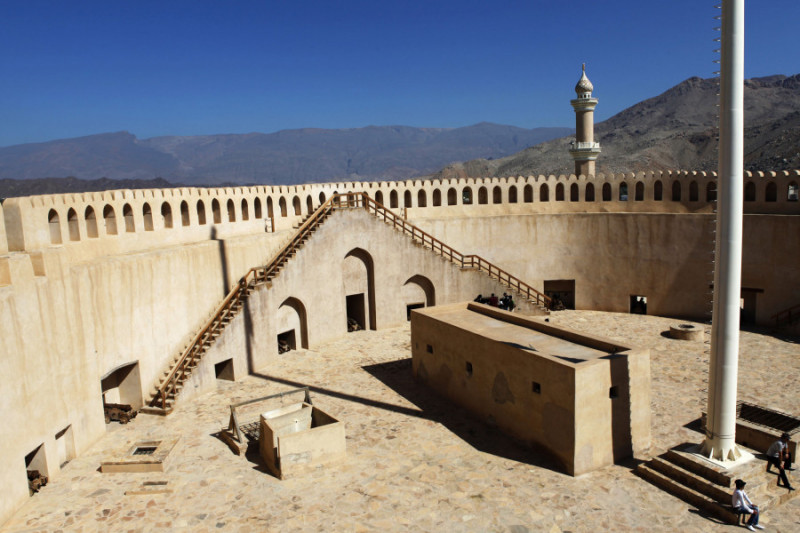
Nizwa Fort dates from the 1650s. It was built under the second Yaruba Imam as Portugal’s colonial interests in Oman were coming to an end. Beautifully maintained, the fortress barely gives an indication of its significant age.
The lower floors host an informative museum about life within the fort and the crafts of bygone days. Most visitors head straight up the narrow staircase to the circular gunnery platform, on which cannon still stand. Once there I enjoyed views over the Nizwa’s streets and out over the dusty plain towards the nearby Hajar mountains.
The thick, 30-metre high walls make Nizwa’s fort the largest on the Arabian Peninsula. It’s said that the soldiers of besieging armies ran the risk of having boiling date syrup poured down onto them through holes in the walls of this imposing defensive structure.

Thanks to the road link from Muscat, Nizwa can be visited as a day trip from the Omani capital. But why rush? Staying a couple of days allows time for a more laid-back exploration of Oman’s second city.
All images (c) Stuart Forster.
Tell me more about visiting Nizwa in Oman
Oman Air operates direct flights between London Heathrow to Muscat, Oman.
The Oman Tourism website has ideas about things to see and do in the country.
The Golden Tulip Nizwa Hotel is a four-star property with 120 rooms on the periphery of the city. It has a swimming pool. The hotel’s Birkat Al Mauz restaurant serves a range of cuisines.

